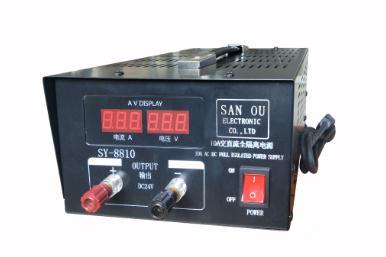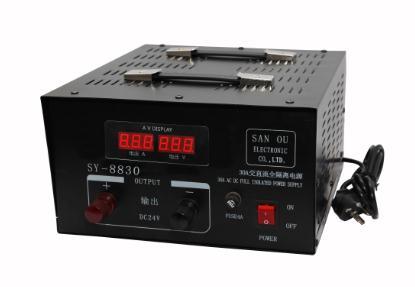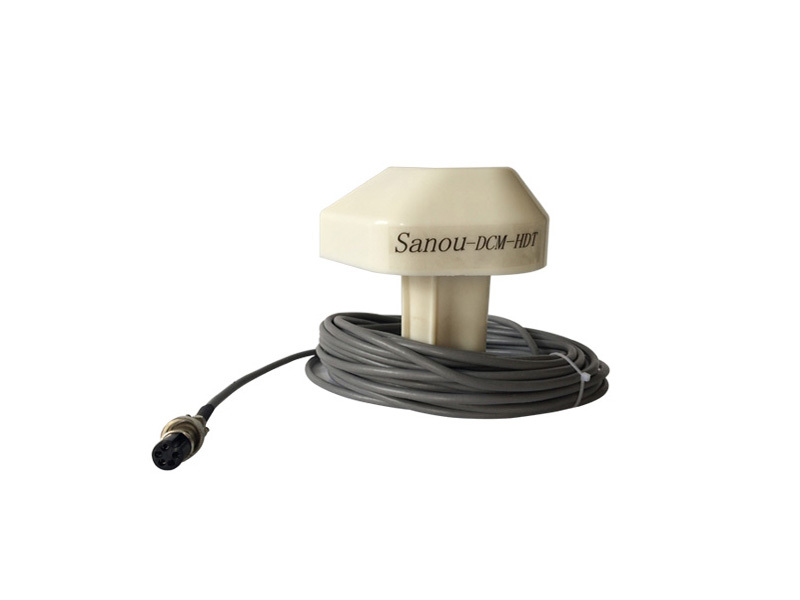News Center
Understanding Marine Automatic Chargers: Essential Solutions for Your Marine Electrical Needs
A marine automatic charger operates by automatically adjusting the charging voltage and current according to the state of the battery. This feature is particularly important in marine applications, where battery health can be compromised by harsh conditions, such as humidity and temperature fluctuations. By continuously monitoring the battery's charge state, these chargers can prevent overcharging, which can lead to battery damage, reduced lifespan, and potentially hazardous situations.
The construction of a marine automatic charger is tailored to withstand the rigors of a marine environment. These chargers are often water-resistant or waterproof, protecting them from splashes and saltwater corrosion. Additionally, many models incorporate built-in safety features such as reverse polarity protection, short-circuit protection, and thermal overload protection. These safety mechanisms enhance the reliability of the charger, ensuring that it can be used safely in various marine applications.
One of the primary benefits of using a marine automatic charger is its efficiency in maintaining battery charge. Unlike traditional chargers, which may require manual monitoring and intervention, automatic chargers simplify the process. Once connected, they can intelligently manage the charging cycle, allowing marine enthusiasts to focus on enjoying their time on the water without the constant worry of battery maintenance.
Moreover, these chargers are versatile and can accommodate different types of batteries, including lead-acid, gel, and AGM batteries. This versatility makes them suitable for a wide range of marine applications, from small recreational boats to larger yachts equipped with extensive electronic systems.
In summary, marine automatic chargers play a pivotal role in ensuring the reliability and longevity of batteries aboard vessels. Their automatic charging capabilities, robust construction, and safety features make them indispensable tools for those who rely on marine electrical systems. By investing in a quality marine automatic charger, boat owners can enhance their overall boating experience, reduce maintenance efforts, and ensure that their batteries are always ready for the next adventure. As the marine industry continues to evolve, understanding the importance of these chargers will empower professionals to make informed decisions regarding onboard power solutions.
Related News
Understanding the Benefits of a 1 in 4 Out Signal Distributor for Electronic Components
Understanding the Benefits of a 1 in 4 Out Signal Distributor for Electronic Components Table of Contents 1. Introduction to Signal Distribution 2. What is a 1 in 4 Out Signal Distributor? 3. Key Advantages of Using a 1 in 4 Out Signal Distributor 3.1 Enhanced Signal Integrity 3.2 Improved Signal Distribution Efficiency 3.3 Flexibility in System Desi
Understanding the 1 in 10 Out Signal Distributor: A Key Component in Optoelectronic Applications
A 1 in 10 out signal distributor is a specialized electronic device that takes a single input signal and replicates it across multiple output channels—in this case, ten outputs. This function is crucial in various applications, including telecommunications, broadcasting, and data transmission systems. The ability to distribute a single signal to multiple outputs ensures that information can reach
Unlocking the Benefits of the Furuno 1831 Radar with a Quality 24 Pin Square Plug
Unlocking the Benefits of the Furuno 1831 Radar with a Quality 24 Pin Square Plug Table of Contents 1. Introduction to Furuno 1831 Radar 2. Key Features of the Furuno 1831 Radar 3. Advantages of Using a Quality 24 Pin Square Plug 4. Installing the Furuno 1831 Radar with a 24 Pin Square Plug 5. Maintenance Tips for Optimal Performance 6. Troubleshooting Common




